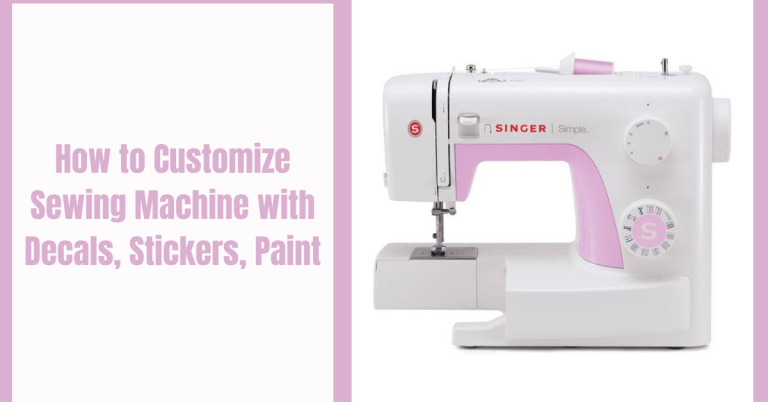Sewing machine oil is a lubricant that helps your machine run smoothly and quietly. It also prevents rust, wear, and tear on the metal parts of your machine. However, applying sewing machine oil incorrectly or inefficiently can cause more harm than good. In this blog post, we will show you how to apply machine oil correctly and efficiently, so you can enjoy sewing without any problems.
Why Do You Need to Oil Your Sewing Machine?
Antique Sewing machines have many moving parts that need to be lubricated regularly. Without oil, these parts can create friction, heat, and noise, which can damage your machine and affect your sewing quality. Oiling your sewing machine also helps to remove dust, lint, and dirt that can clog your machine and cause it to malfunction.
How Often Should You Oil Your Sewing Machine?
The frequency of oiling your sewing machine depends on how often you use it and what type of fabric you sew. Generally, you should oil your sewing machine after every 8 to 10 hours of use, or at least once a month. However, if you sew heavy or thick fabrics, such as denim or leather, you may need to oil your machine more often. You should also oil your machine before storing it for a long time.
What Kind of Oil Should You Use ?
You should always use machine oil that is specially designed for your machine. Do not use any other type of oil, such as cooking oil, motor oil, or WD-40, as they can damage your machine and void your warranty. machine oil is clear, thin, and odorless. You can find it at any sewing supply store or online.
How to Apply Sewing Machine Oil Correctly and Efficiently?
Before you start oiling your sewing machine, you will need the following items:
- Sewing machine oil
- A small screwdriver
- A lint brush or a soft cloth
- A piece of scrap fabric
Follow these steps to apply sewing machine oil correctly and efficiently:
Unplug your sewing machine
This is very important for your safety and to prevent any electrical damage to your machine.
Clean your sewing machine
Use a lint brush or a soft cloth to remove any dust, lint, or dirt from the exterior and interior of your machine. Pay special attention to the bobbin area, the feed dogs, and the needle bar. You can also use a vacuum cleaner with a small nozzle attachment to suck out any debris from hard-to-reach places.
Put oil in the moving parts of the machine
Refer to your manual for the specific locations where you need to apply oil. Usually, these include the hook race, the shuttle hook, the gears, the shafts, and the bearings. Put a few drops of oil on each part, then turn the handwheel back and forth to distribute the oil evenly. Do not over-oil your machine, as this can cause leaks and stains on your fabric.
Wipe excess oil and reassemble the machine
Use a soft cloth to wipe away any excess oil from the surface of the machine. Reattach any parts that you removed for oiling, such as the needle, the presser foot, and the bobbin holder.
Test your machine
Plug in your machine and run it on a piece of scrap fabric for a few minutes. Check for any unusual sounds or smells. If everything is working fine, you are ready to sew!
Conclusion
Oiling your sewing machine is an essential part of its maintenance. It helps to keep your machine in good condition and extend its lifespan. By following these simple steps, you can apply sewing machine oil correctly and efficiently without any hassle.
We hope you found this blog post helpful and informative. If you have any questions or comments about how to apply sewing oil correctly and efficiently, please feel free to leave them below.

